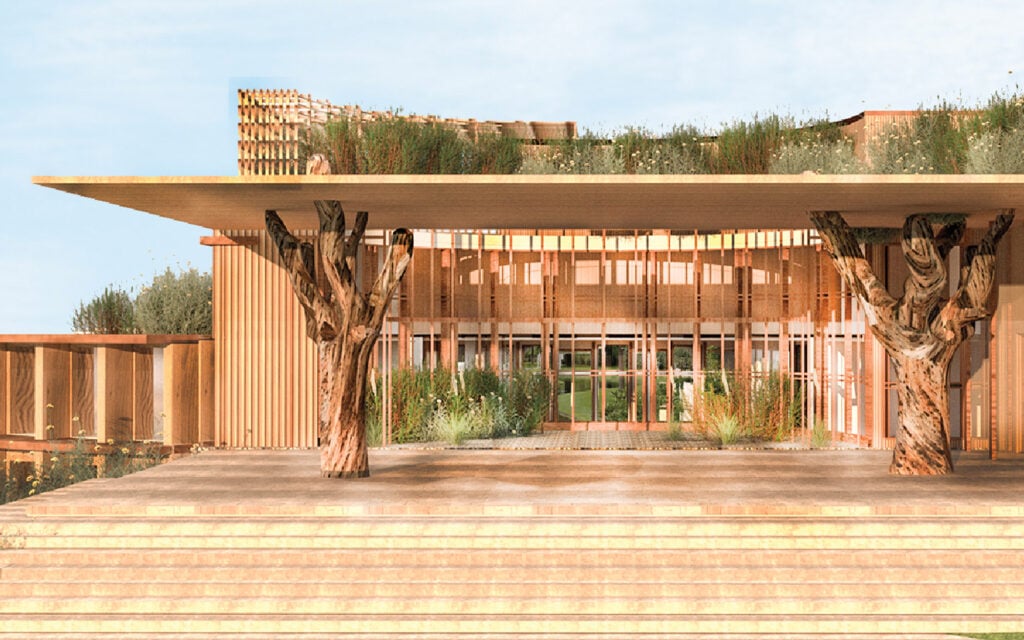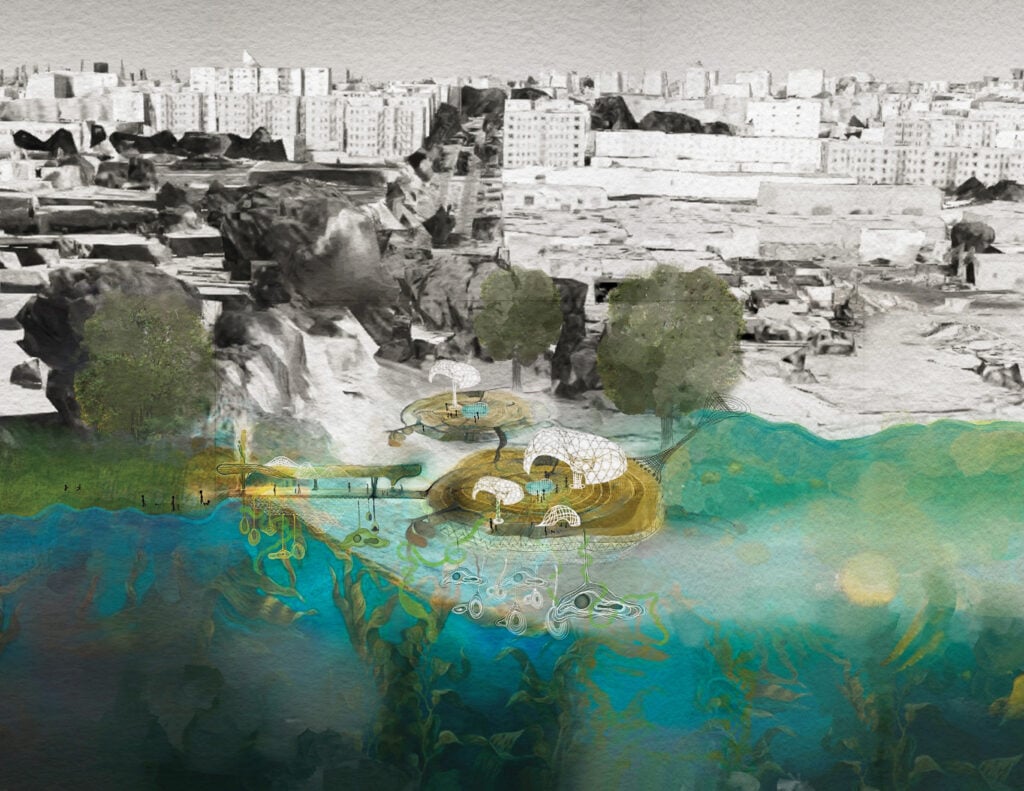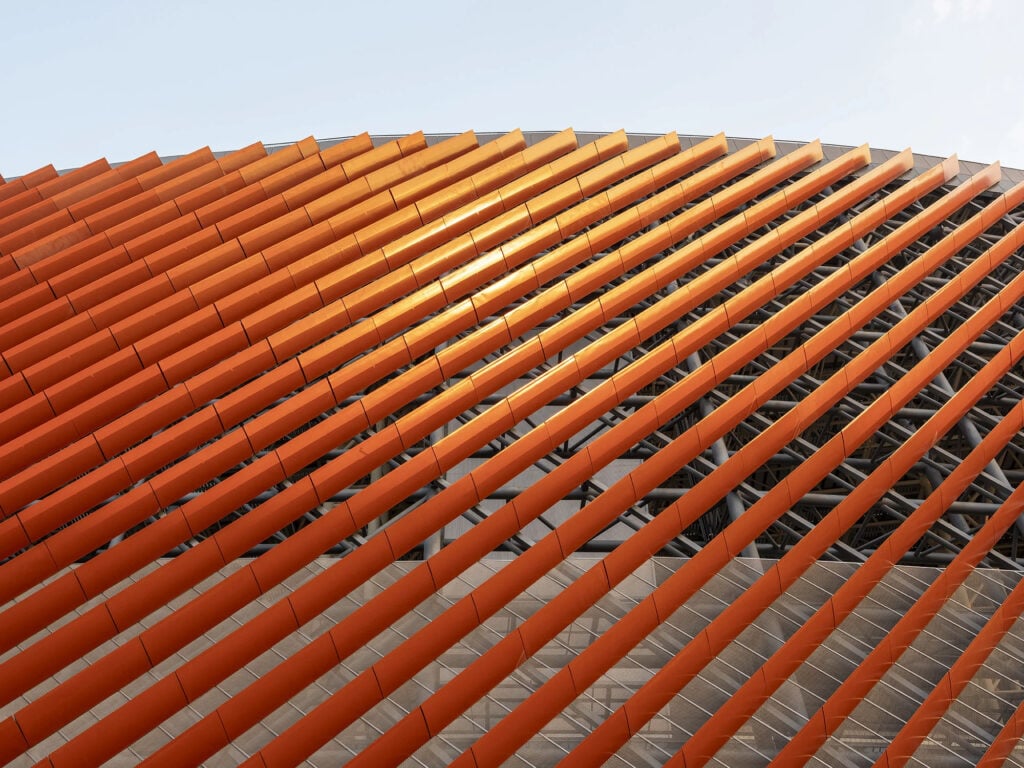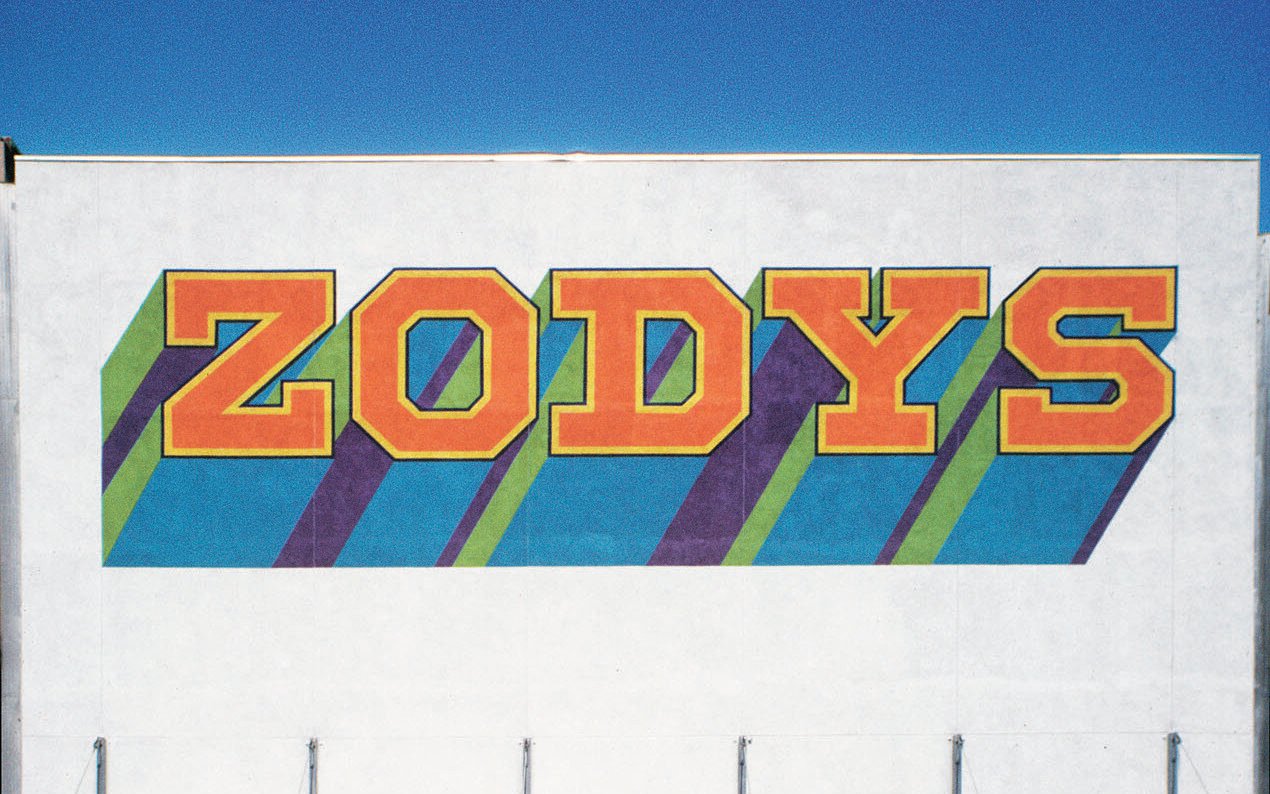
November 22, 2022
The People’s Graphic Design Archive Democratizes Design History
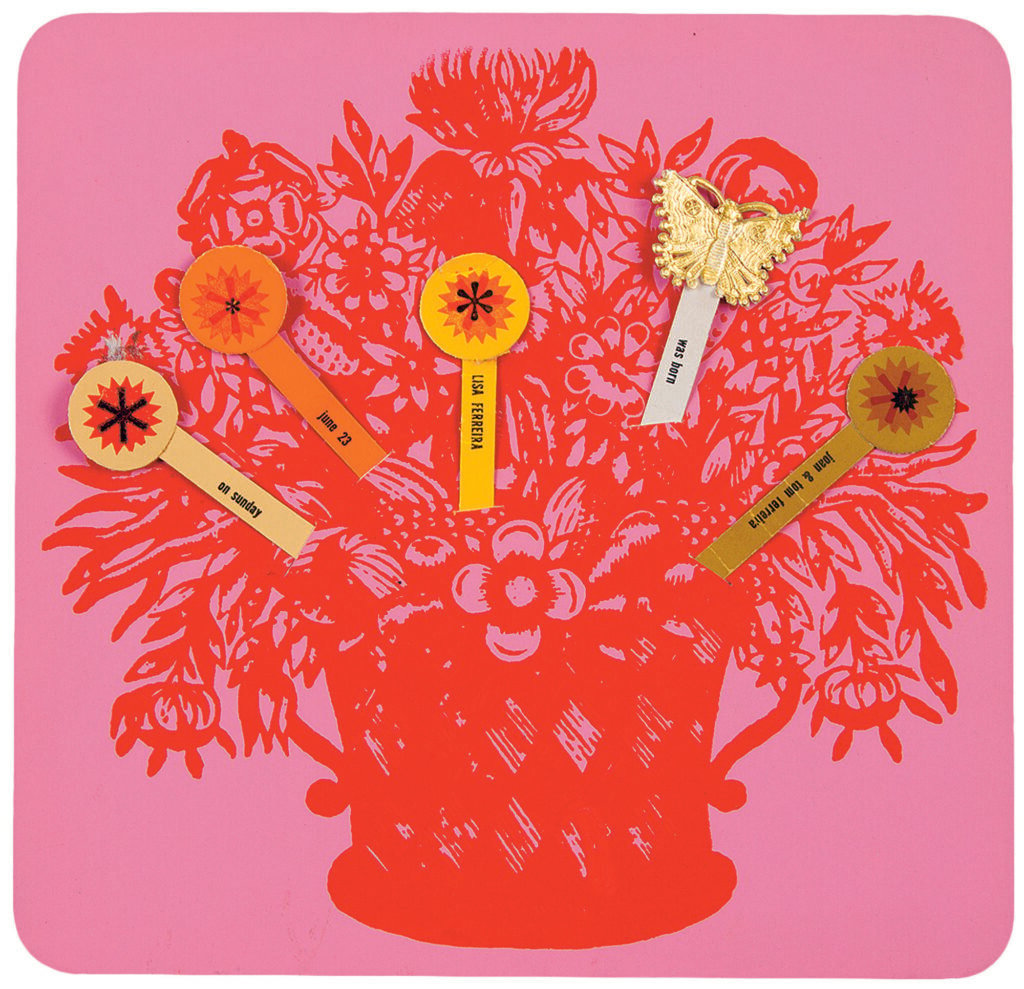
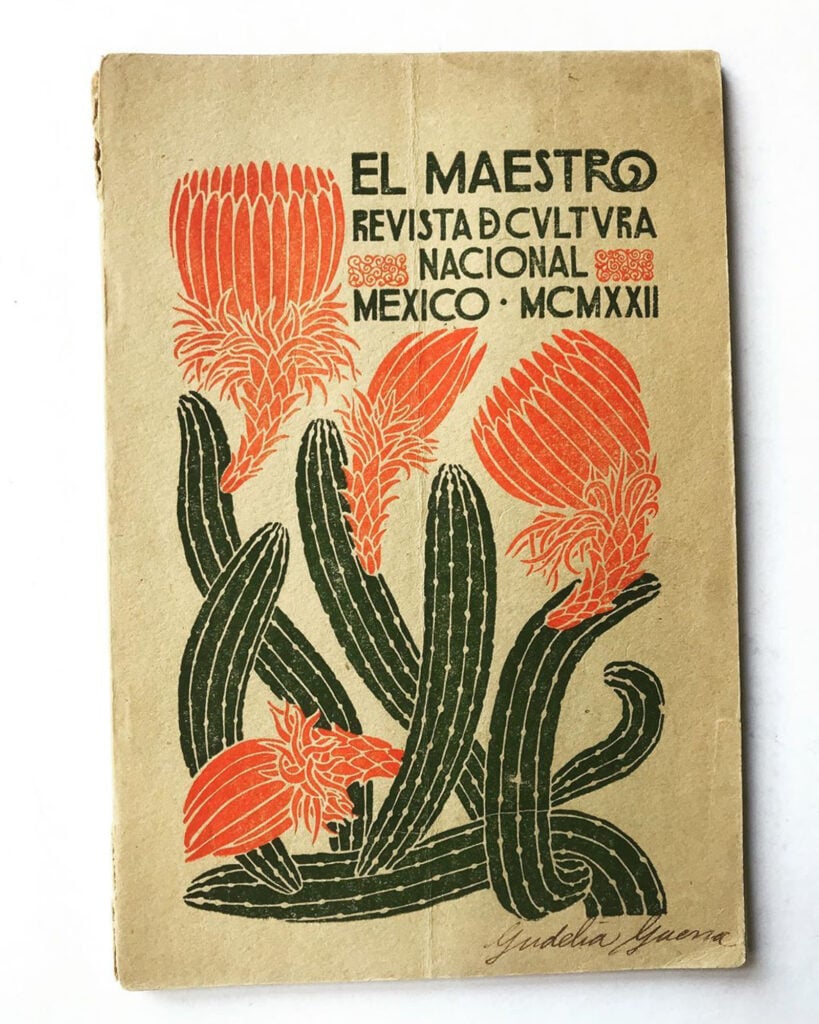
While contemporary archivists share an interest in preserving historically significant artifacts, the PGDA provides a loom with which to weave missing or untethered historical threads––an assemblage composed not only of fully realized design projects but also process work, photo documentation, written correspondence, oral histories, and articles from outside the traditional design history canon’s anglo or european-centric periphery. A greater contextual fabric is formed in the digital database as entries are interlaced to create new patchworks with one another throughout time.
Though its official inception was on September 1, the PGDA was conceived in 2014 by educator, designer, and co-director Louise Sandhaus who still spearheads the project to mitigate the potential loss of noteworthy historical design artifacts. Users are invited to submit what they deem a “cultural treasure” or “historical material” ten years or older and produced by unrecognized designers––often from underserved populations or locales––giving both parties a voice in an evolving narrative as well as a mirror to see themselves represented in ongoing historical discourse.
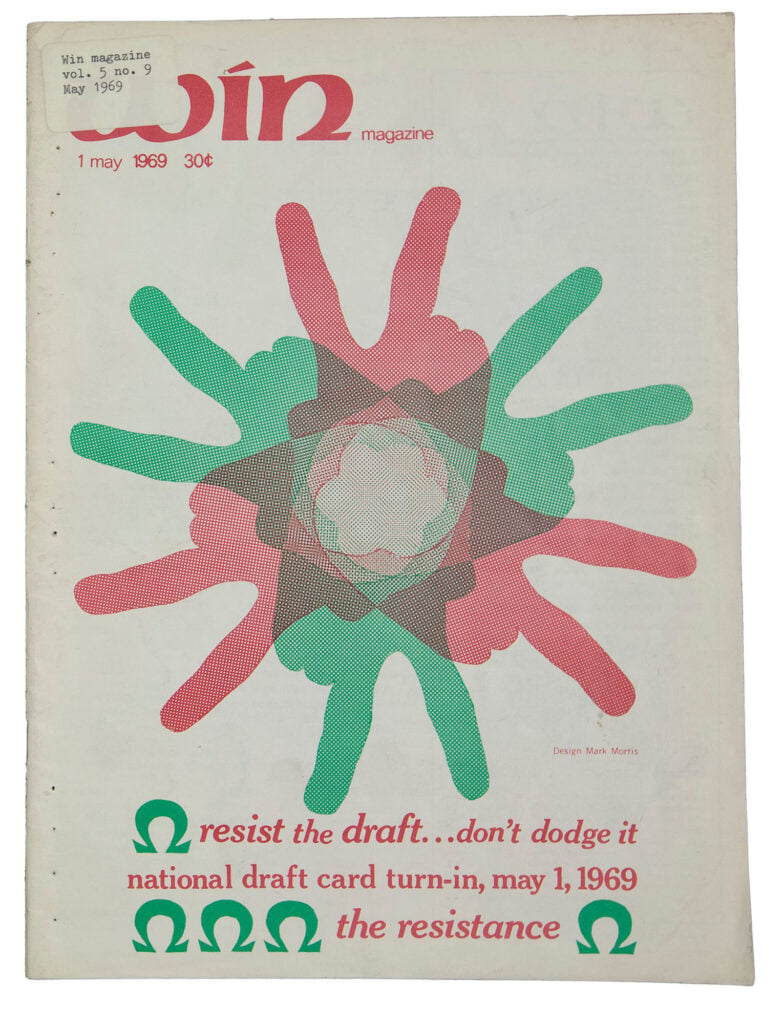
Rich tags are then employed to assign those entries diverse meanings with the potential to yield new historical interpretations to queries despite the PGDA’s nascency. It allows the database to serve as a conduit disseminating information at a time when traditional gatekeepers and political pundits are pushing an incomplete or revisionist history.
Notably is the potential for a “future history” tag, which could mark collections associated with younger or current movements such as Black Lives Matter, Land Back, and #MeToo. Therein lies the possibility for the PGDA to act as a mechanism to facilitate the mobilization of citizens arming them with the necessary visual graphics for consistent global messaging.
“As we expand features for the site, we hope communities of interest will form—potentially around political and social issues,” says Sandhaus. “But I love that in real-time, a group might document and upload the graphics used for an uprising or social justice event. Capturing the works in context allows a more complex story to be told.”
Would you like to comment on this article? Send your thoughts to: [email protected]
Latest
Profiles
The Next Generation Is Designing With Nature in Mind
Three METROPOLIS Future100 creators are looking to the world around them for inspiration.
Profiles
Zoha Tasneem Centers Empathy and Ecology
The Parsons MFA interior design graduate has created an “amphibian interior” that responds to rising sea levels and their impacts on coastal communities.
Viewpoints
How Can We Design Buildings to Heal, Not Harm?
Jason McLennan—regenerative design pioneer and chief sustainability officer at Perkins&Will—on creating buildings that restore, replenish, and revive the natural world.



